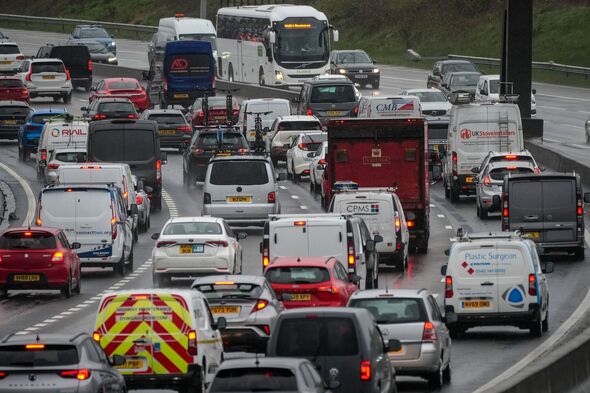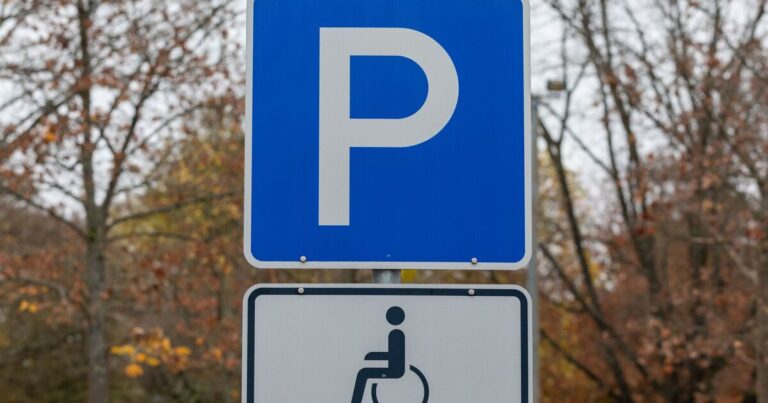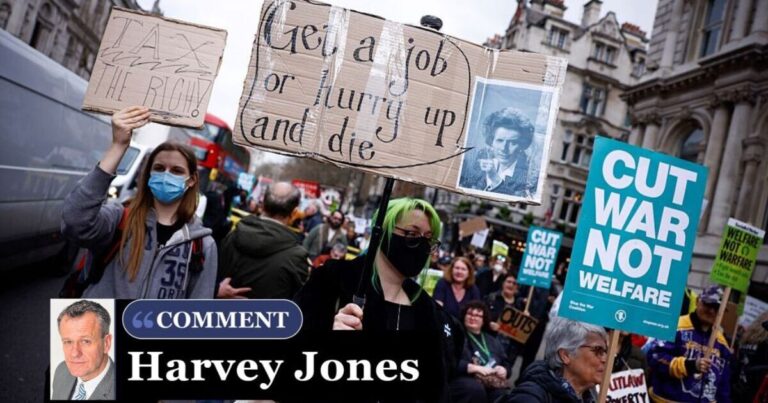
A new study reveals that motorists in six UK regions could be hit with an additional £500 tax bill from April due to a tax hike. The research indicates that car purchasers in Mid Ulster, Northern Ireland, will face an average extra tax of £689 next year as a result of Vehicle Excise Duty (VED).
The increased first-year rates, also known as showroom tax, were unveiled in the Autumn Budget and are set to take effect in April 2025. Although location does not directly influence the tax amount, the study highlights the areas most impacted by the changes based on the types of cars purchased there.
VED rates are determined by CO2 emissions, meaning drivers of high-polluting vehicles will bear the brunt of the changes. Consequently, Mid Ulster motorists will experience the highest average increase per vehicle due to the rise.
This research was conducted by Go Compare car insurance, which analysed Department for Transport data on the number of new private vehicles registered in each region during the first half of the 2024 tax year. It applied the current and forthcoming first-year VED rates to these vehicles to estimate how much more new car buyers will pay next year across the UK, assuming buying habits remain unchanged.
Mid Ulster, Fermanagh and Omagh, as well as Newry, Mourne and Down in Northern Ireland are among the top 10 areas most impacted by rising vehicle excise duty (VED), according to a recent study. If 2024 trends continue into 2025, drivers in these locations could face average VED increases of £502 and £494 respectively.
Mid Ulster and inner London are the only two places facing an average rise above £600, with the latter set to see an increase of £625 – almost £100 per car more than the next most impacted area. This suggests that Inner London drivers are choosing high CO2 emitting vehicles despite the ultra-low emissions zone, potentially opting to pay the ULEZ charge over choosing a greener car.
On a regional level, London and Northern Ireland will see the highest average cost per car increase, with Londoners paying an extra £475 per car and those in Northern Ireland an additional £454.
The first-year VED rates from April-September 2025 show similar increases across various local authority areas.
|
Extra cost of first-year VED rates from April-September 2025 by local authority area |
|
|
Local authority area |
Average increase per car |
|
Mid Ulster |
£689.00 |
|
Inner London |
£625.94 |
|
Windsor and Maidenhead |
£538.25 |
|
Surrey |
£514.34 |
|
Cheshire East |
£510.89 |
|
Fermanagh and Omagh |
£502.25 |
|
Aberdeenshire |
£499.28 |
|
Newry, Mourne and Down |
£494.59 |
|
Shropshire |
£494.52 |
|
Buckinghamshire |
£489.05 |
In contrast, drivers in the north of the UK will be less impacted due to their vehicle choices. Motorists in the North East are set to see the smallest VED increase, averaging an extra £384 per car.
Drivers in Wales and Scotland will also face some of the lowest fee hikes, with increases per car of just £397 and £404 respectively. Tom Banks, a car insurance expert at Go.Compare, warned: “The increased VED rates mean most new car buyers will be paying a lot more than they were expecting in 2025. If you live in a region where buyers tend to go for high CO2 cars, then drivers in your area will be the most impacted by the rise. But, if you’re worried about how the changes will affect you, there are ways to minimise the impact on your finances.”
He suggested: “For instance, consider purchasing a low-emissions car that will place your vehicle in the cheaper tax bands. If you can’t purchase a suitable hybrid or EV, you could opt for a nearly new motor instead. This gives you that new car feeling for a fraction of the price and will allow you to dodge the increased tax.”
He added: “Otherwise, see if there are any other ways you can reduce your motoring spending to make up for the increased tax costs. For example, comparing car insurance policies might allow you to find a provider that offers the same level of cover for a lower price, and driving in a way that minimises your fuel usage could help to reduce costs further.”
About the data
The rise in Vehicle Excise Duty (VED) that drivers will face in the first six months of the 2025 tax year is based on data from the DVLA and Department for Transport (DfT). The researchers used DfT figures to determine the number of privately owned cars first registered between April and September 2024, categorised by local authority area, fuel type and CO2 band.
Using DVLA information, they then applied the first-year rate that would be due for each group of vehicles based on their CO2 band. For each band, the number of cars was multiplied by its first-year fee, providing an estimate of the total fee for all cars in each band.
These totals were then added together to estimate the amount payable for all new cars in the first half of the 2024 tax year. This process was repeated using the band fees for 2025 (sourced from Parkers), and the difference between the 2024 and 2025 numbers was calculated.
This provided an estimate of the total additional amount that would be spent on this tax in the first half of the 2025 tax year (April to September) if new car registrations remain the same during this period. The figure was then divided by the total number of new cars to determine the extra fee per car.
The data was subsequently divided by fuel type and local authority area to estimate the additional tax that will be paid by vehicle owners of each fuel type and area during this period, assuming new car registrations remain constant. These figures were also divided by the total number of new cars to calculate the extra fee per car for each location and fuel type.
The Isles of Scilly were excluded due to a small sample size.


















